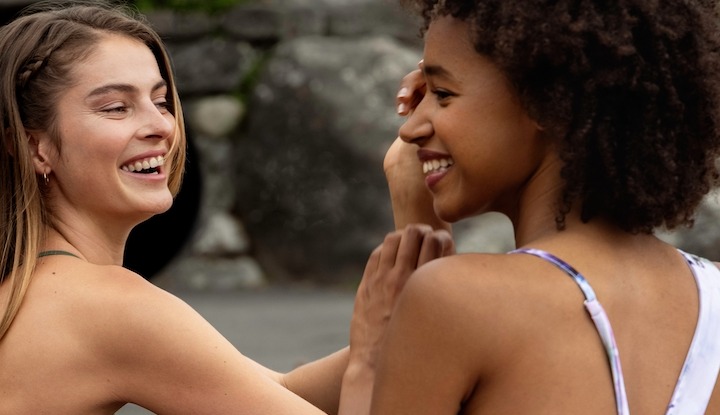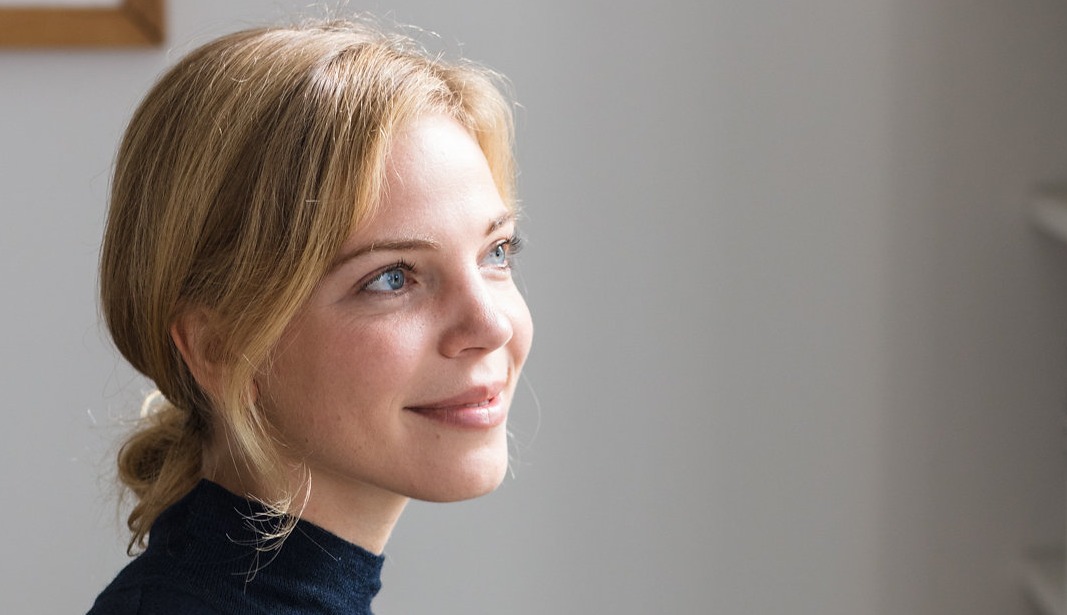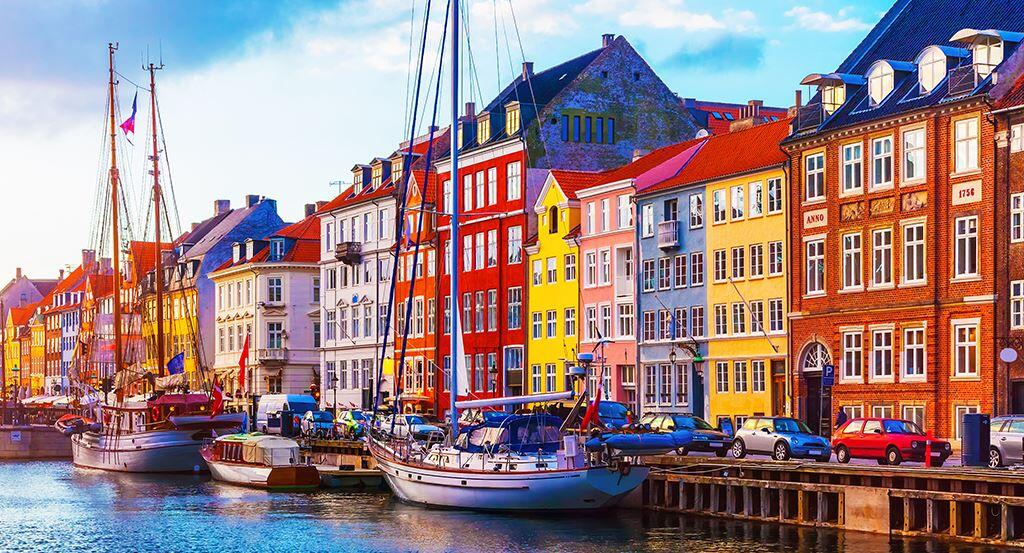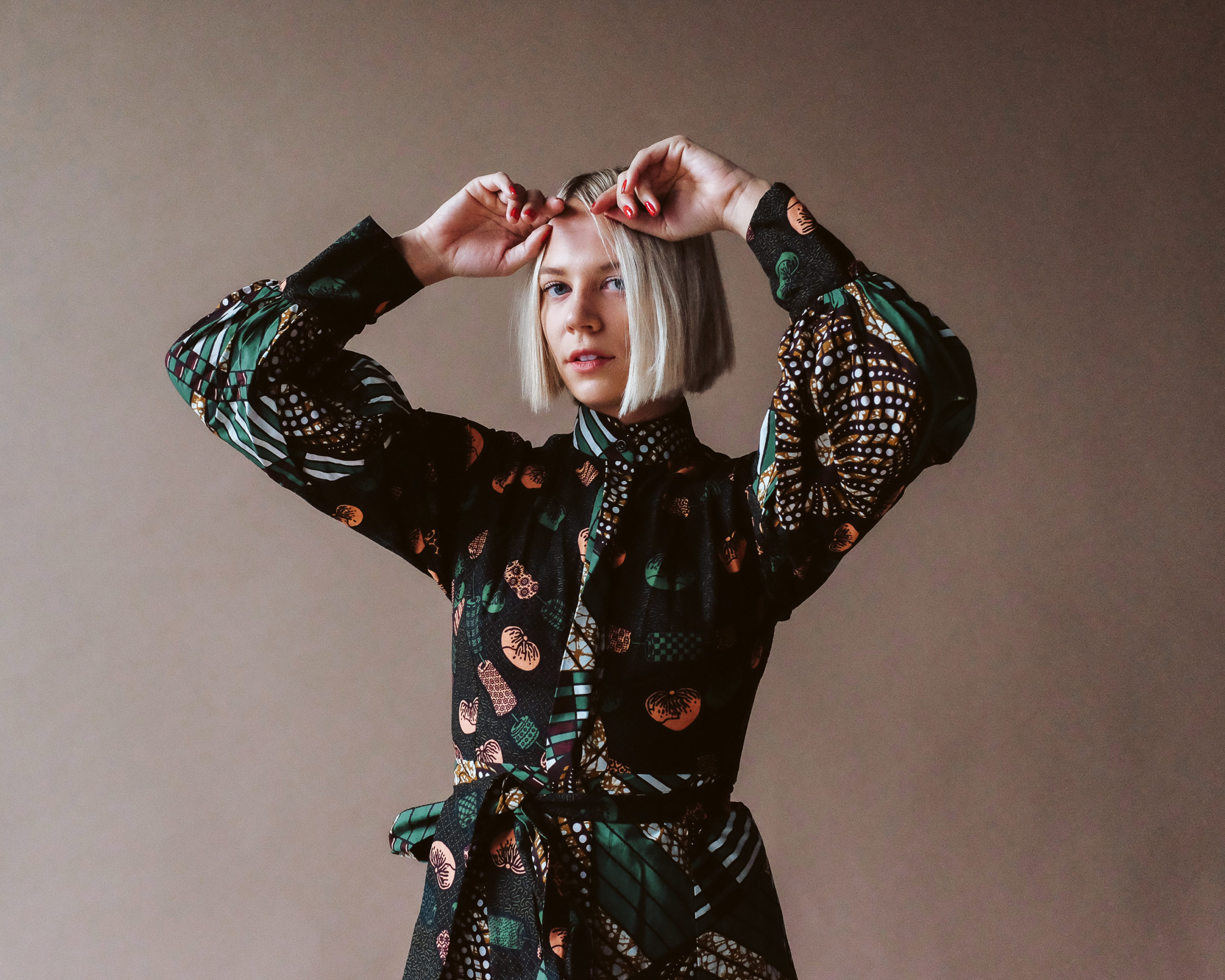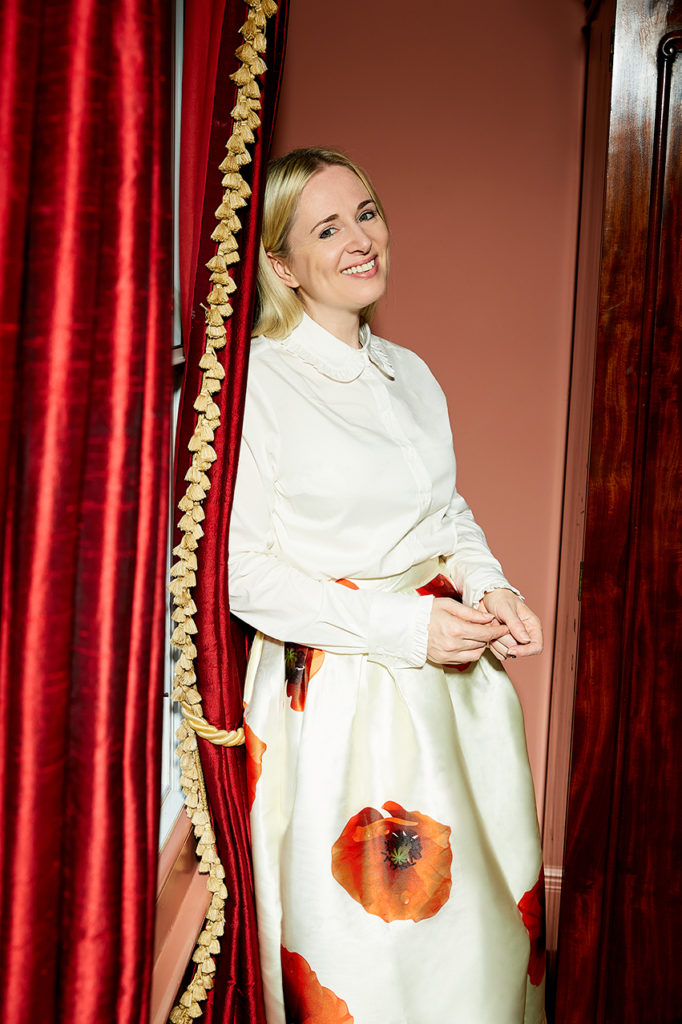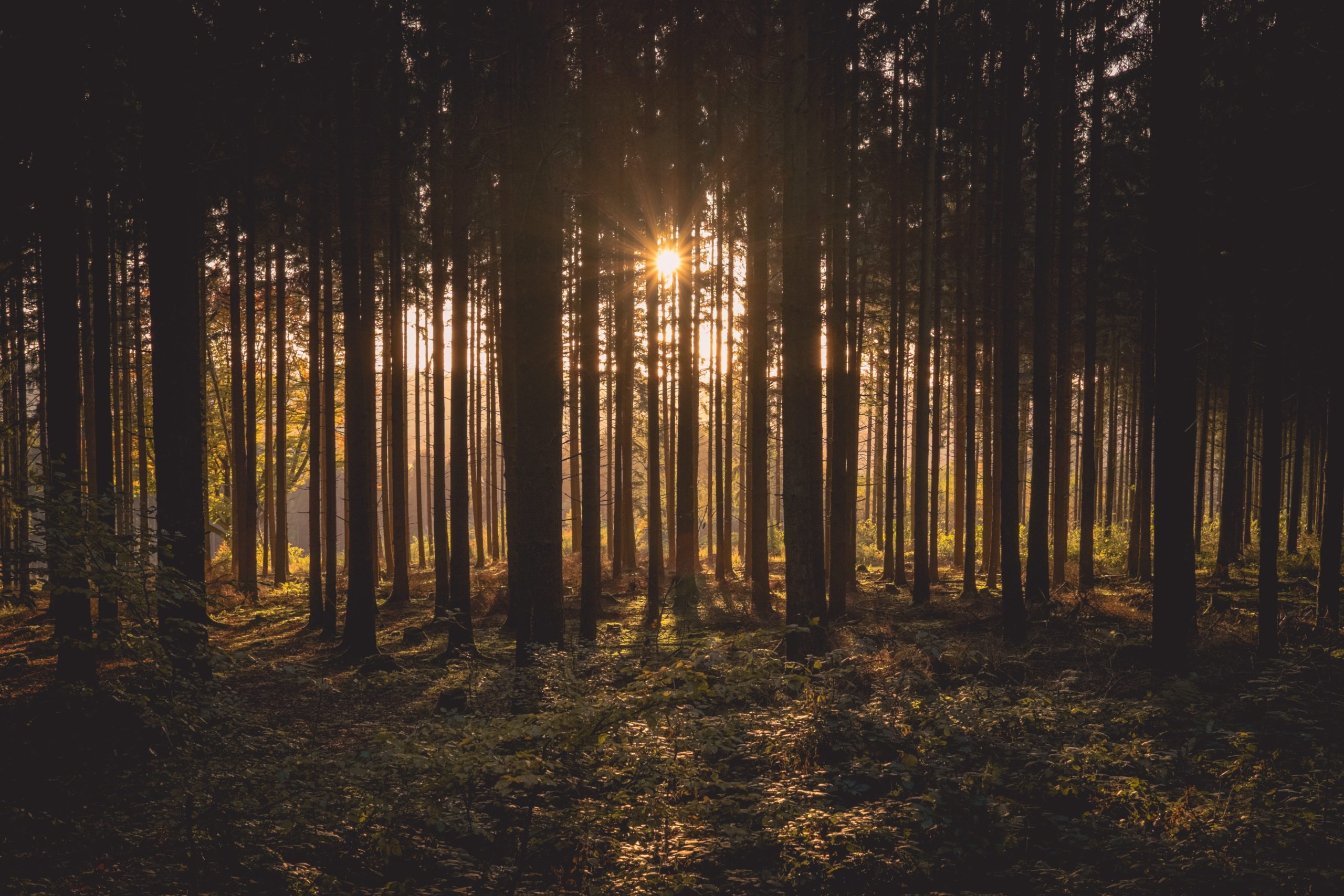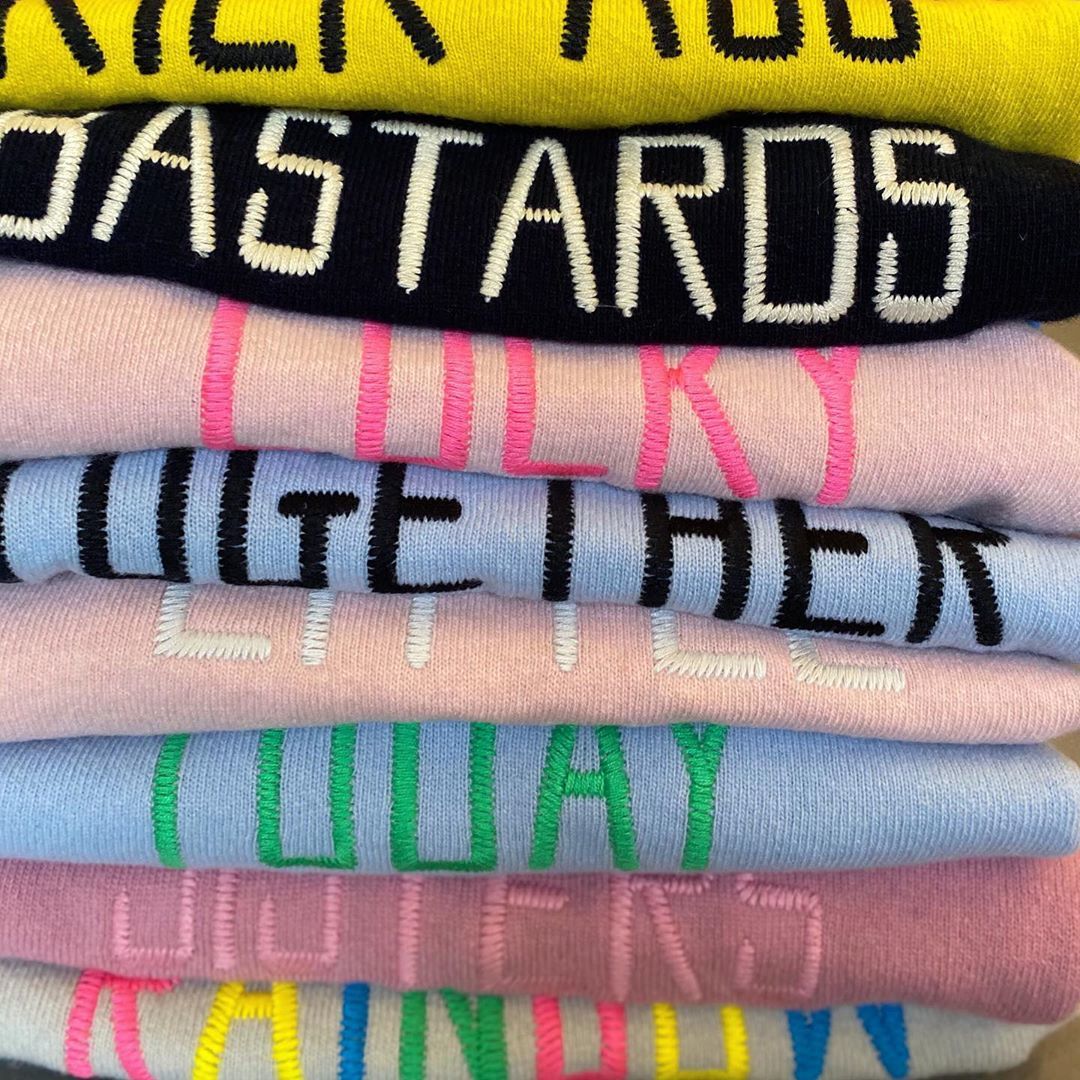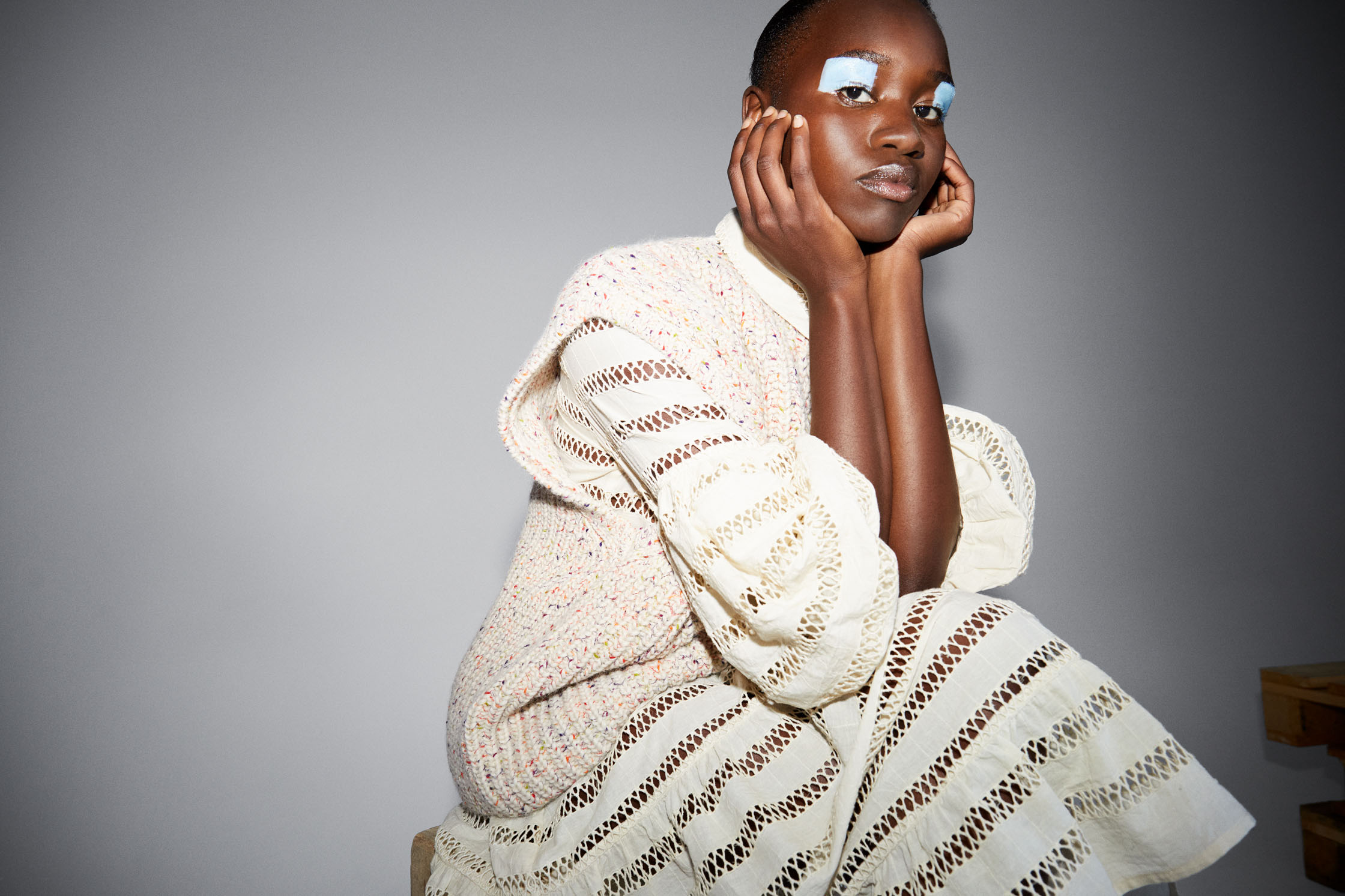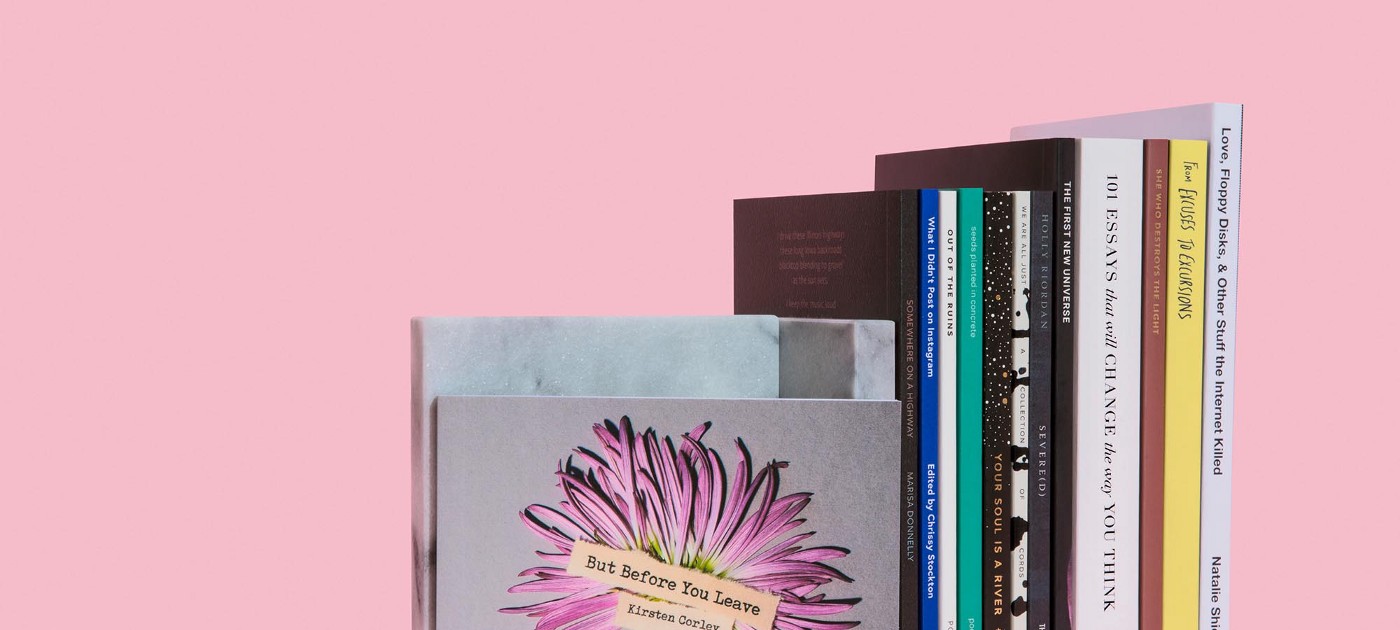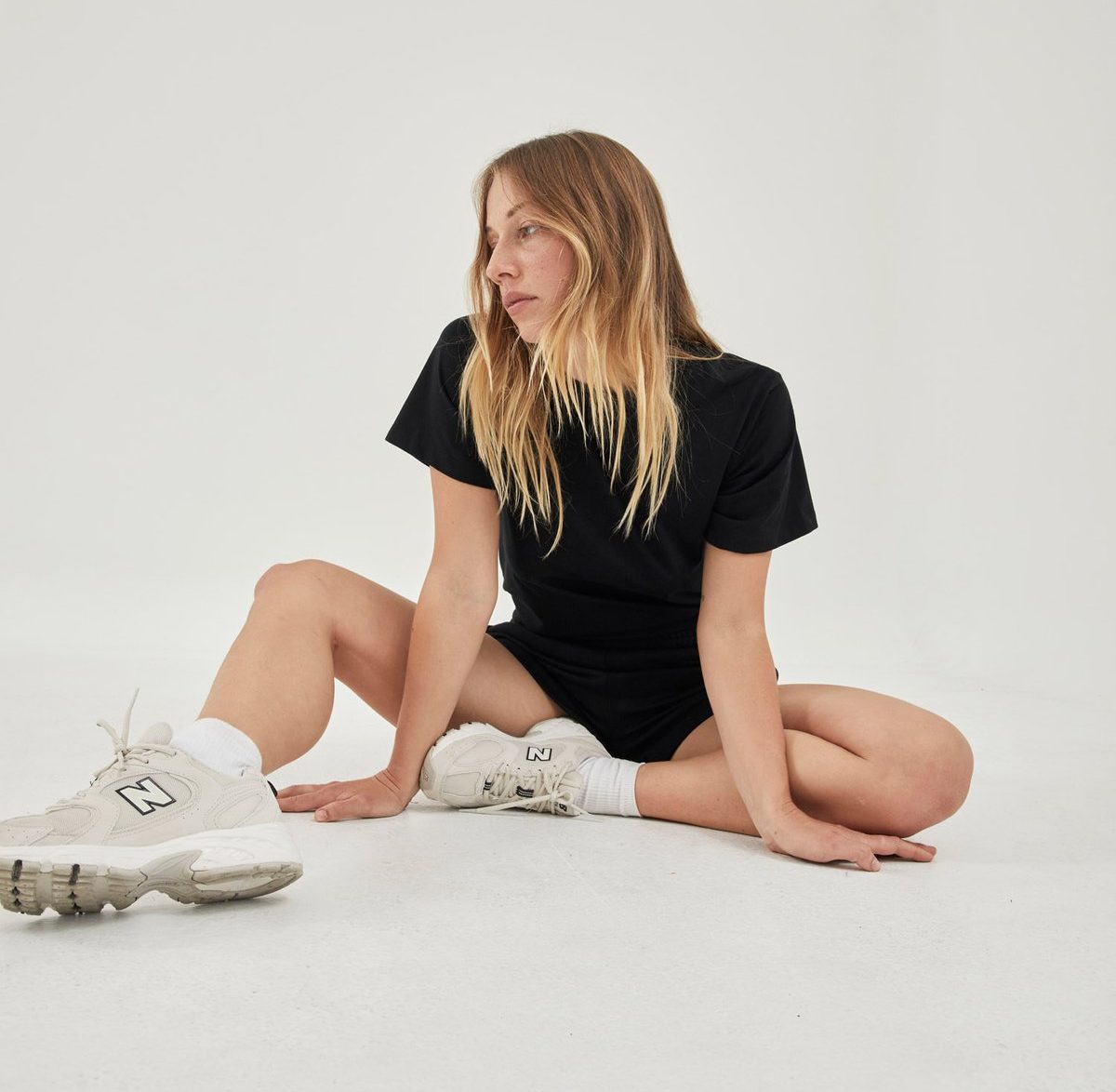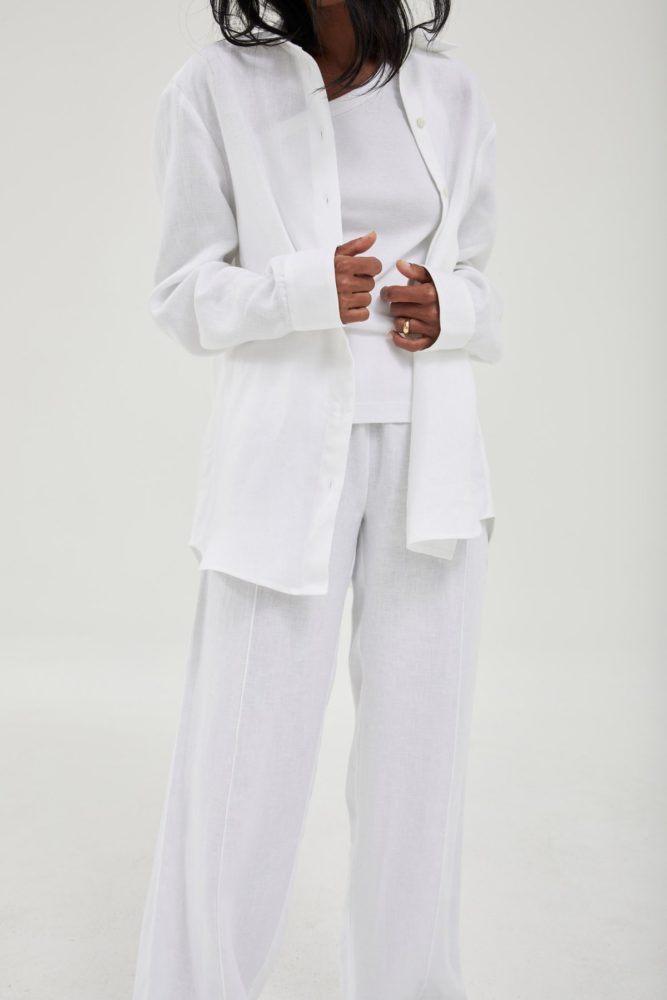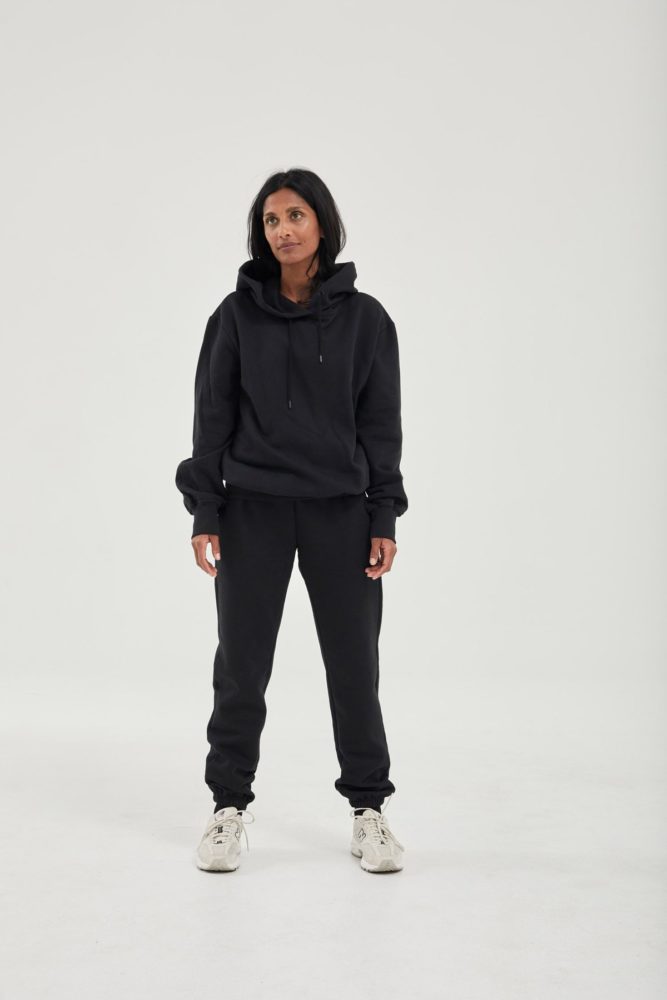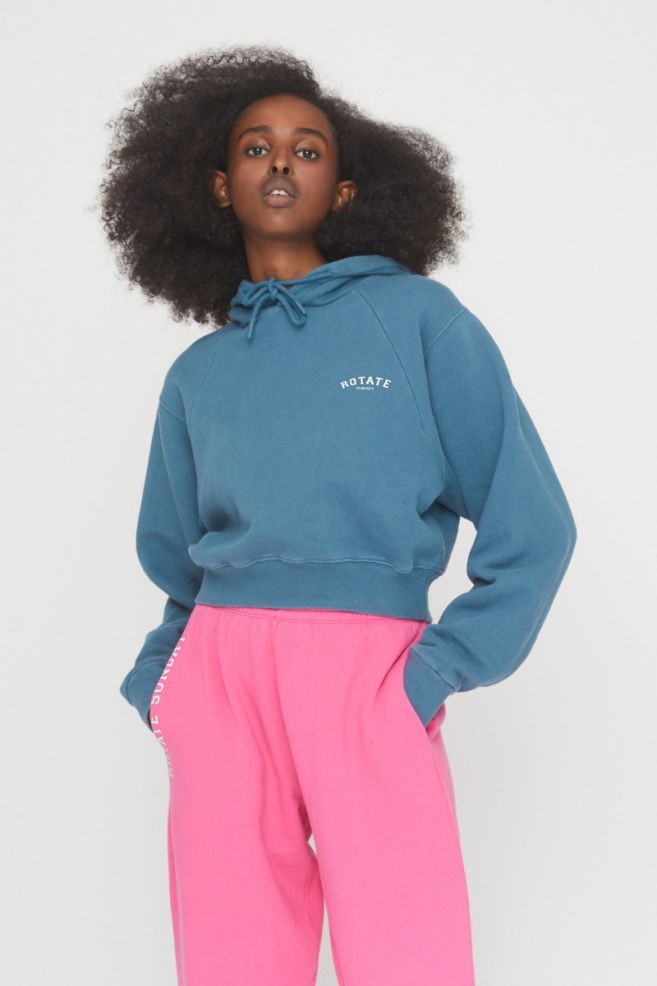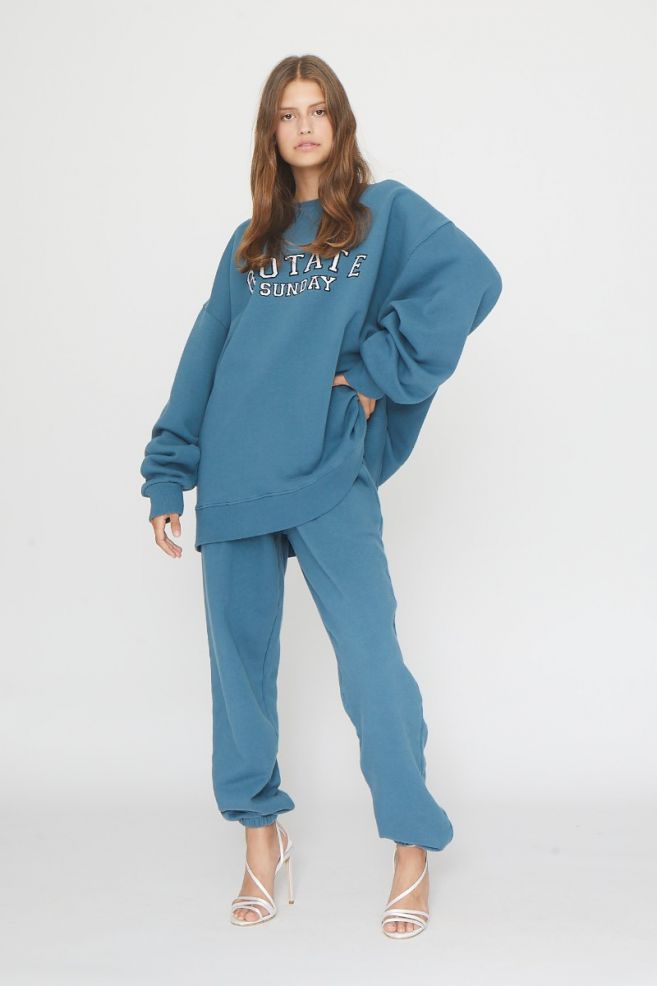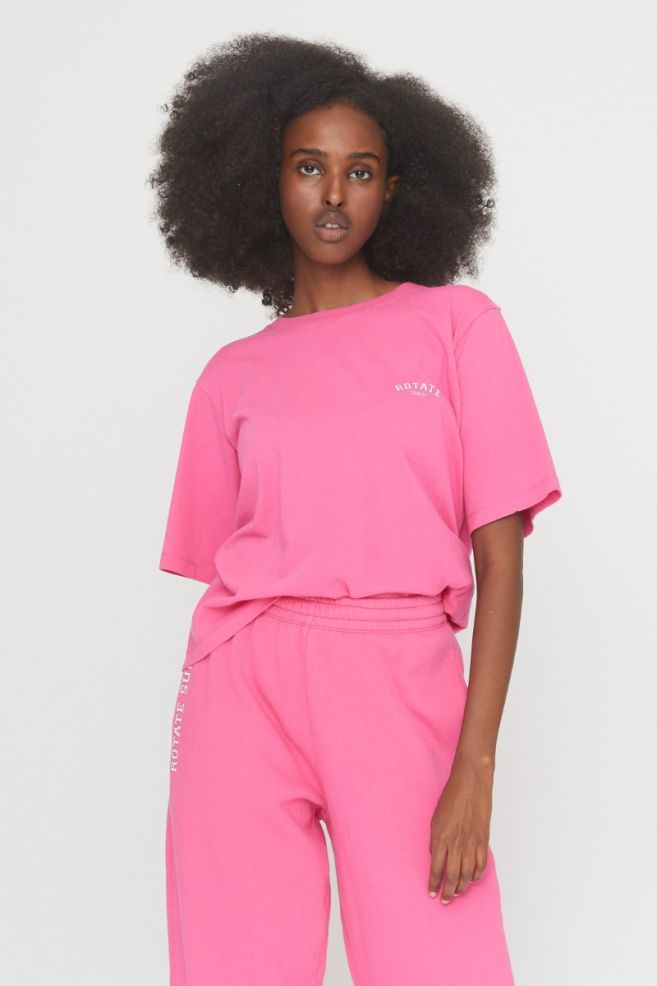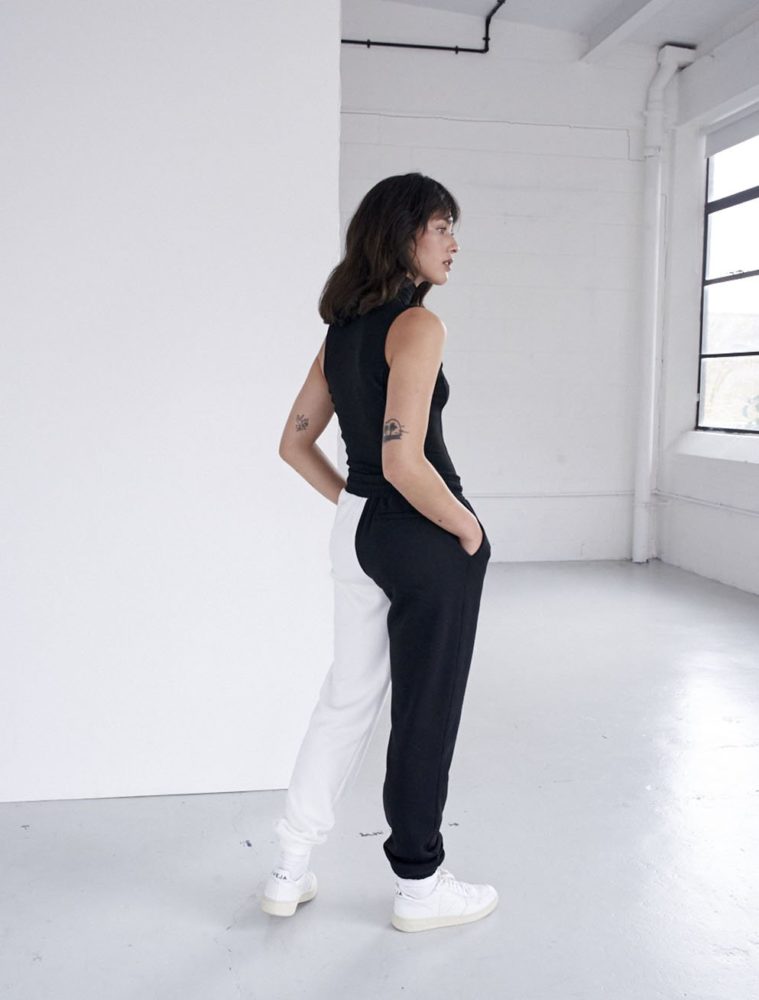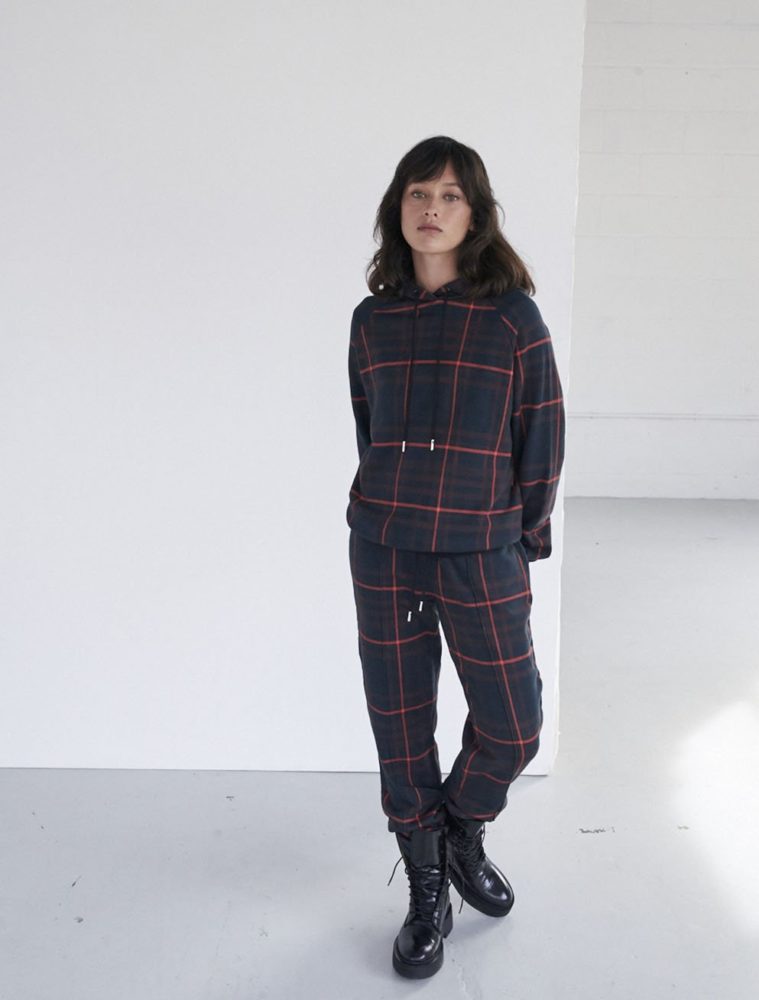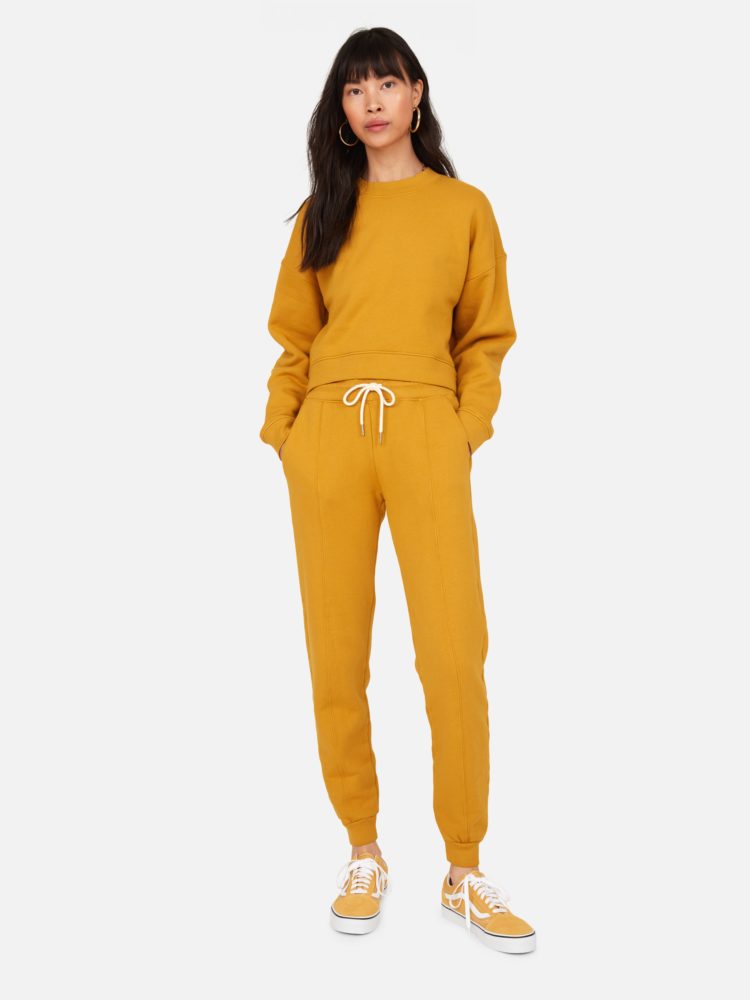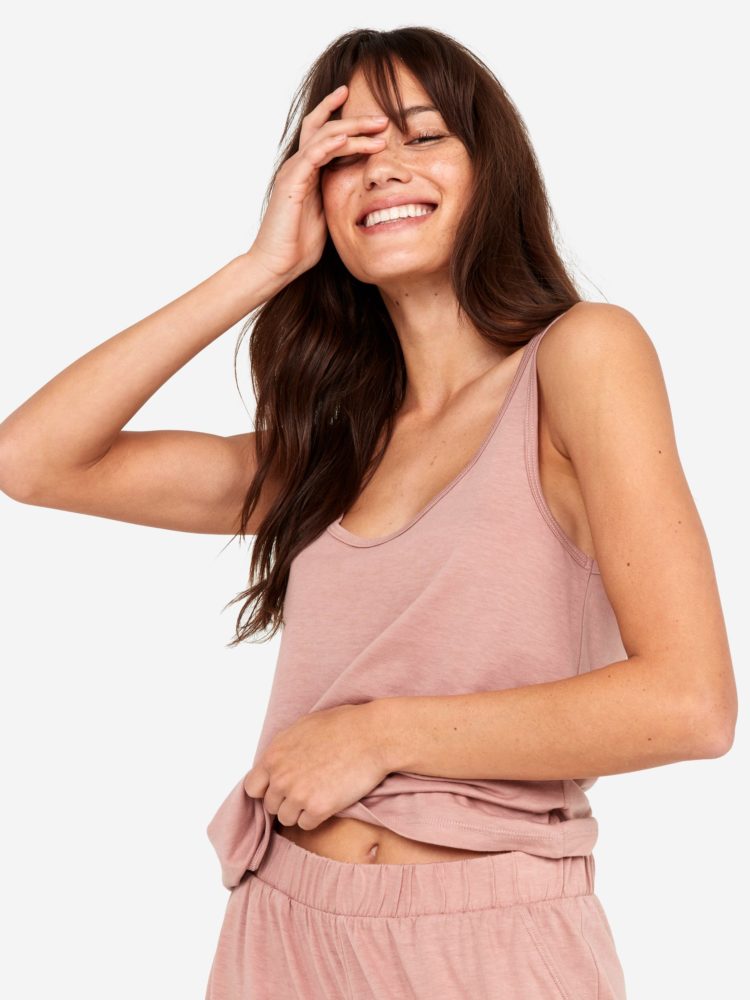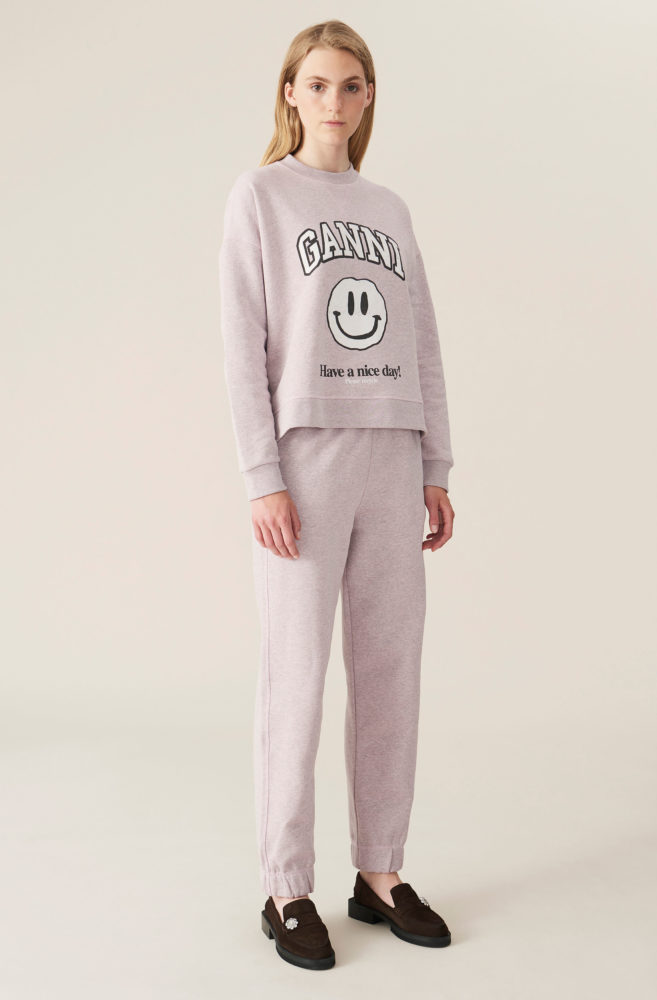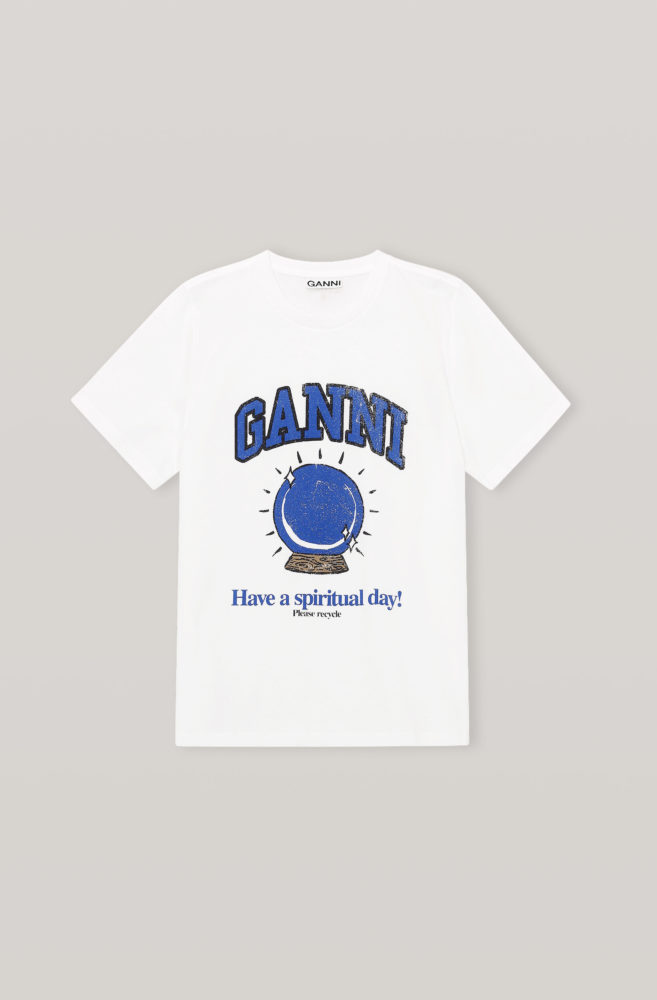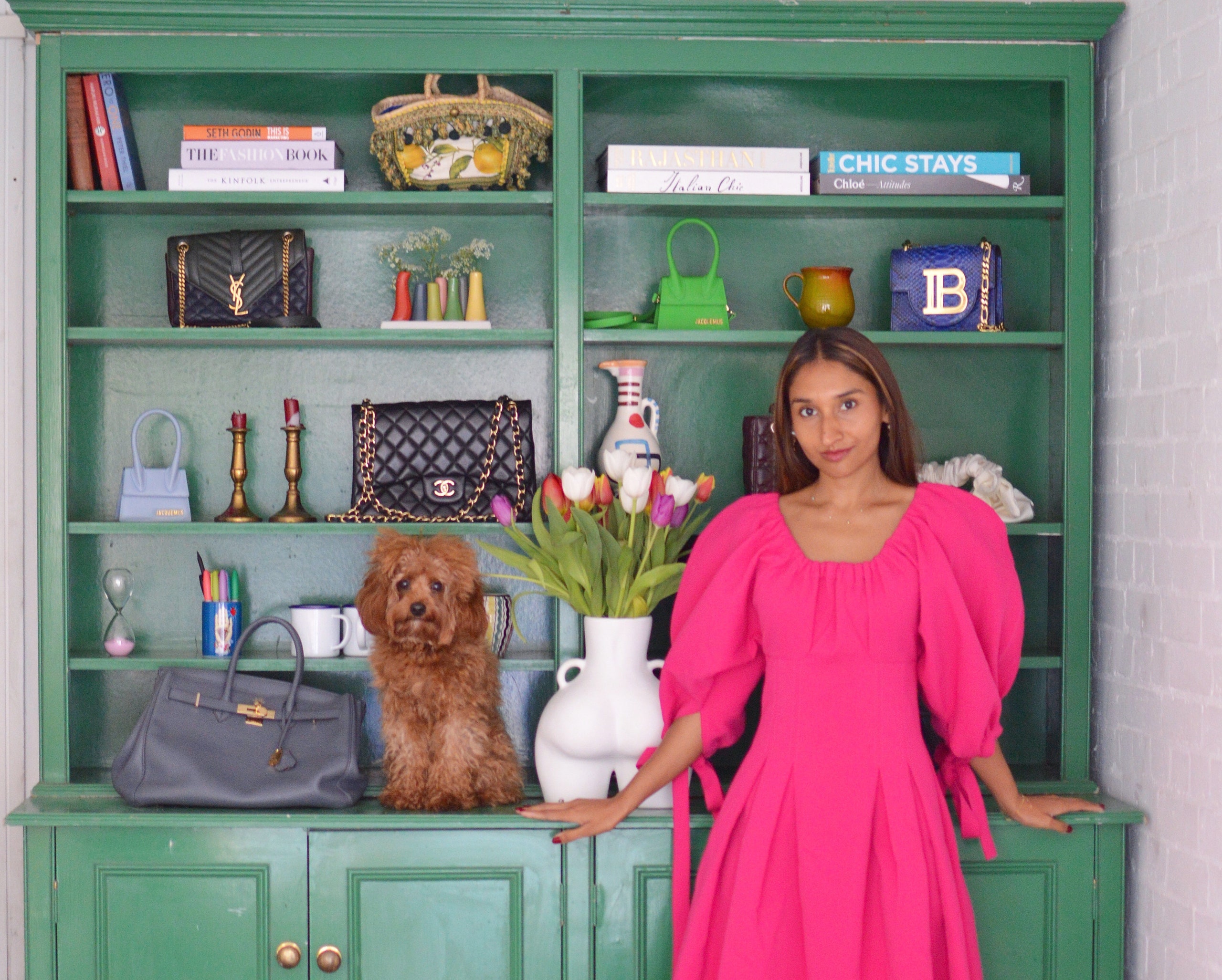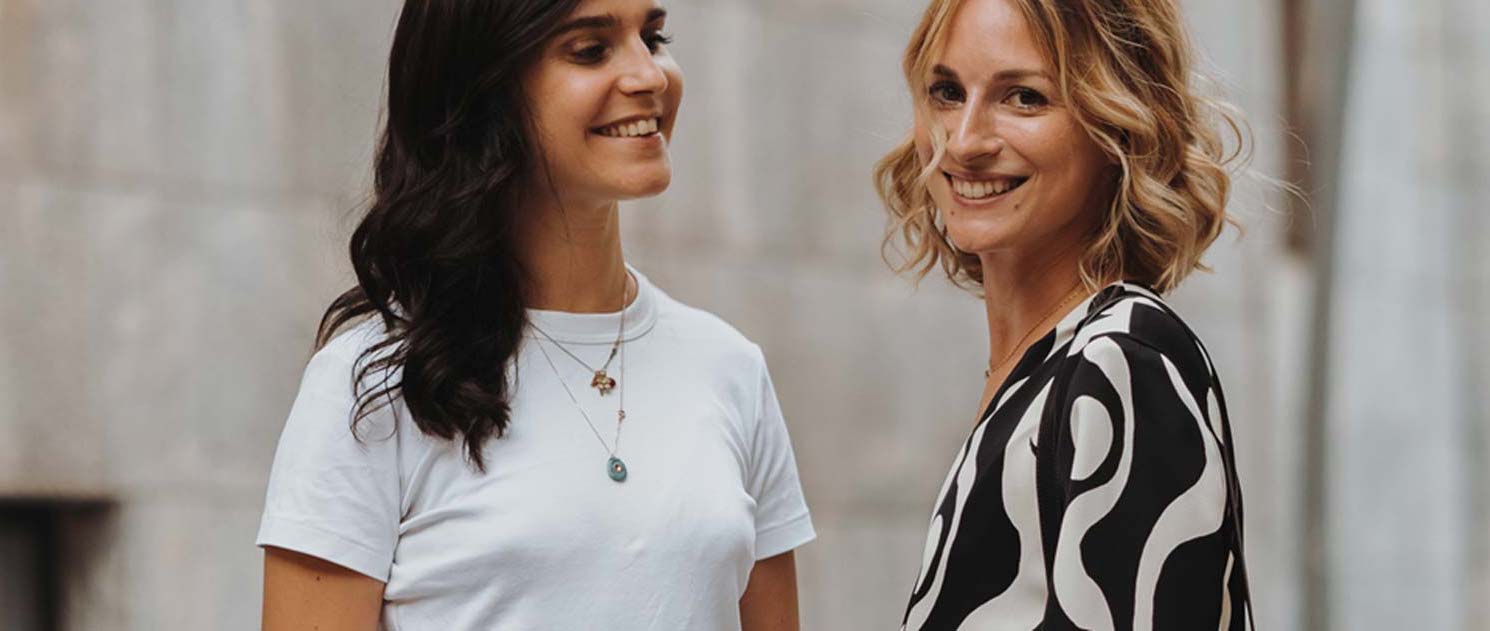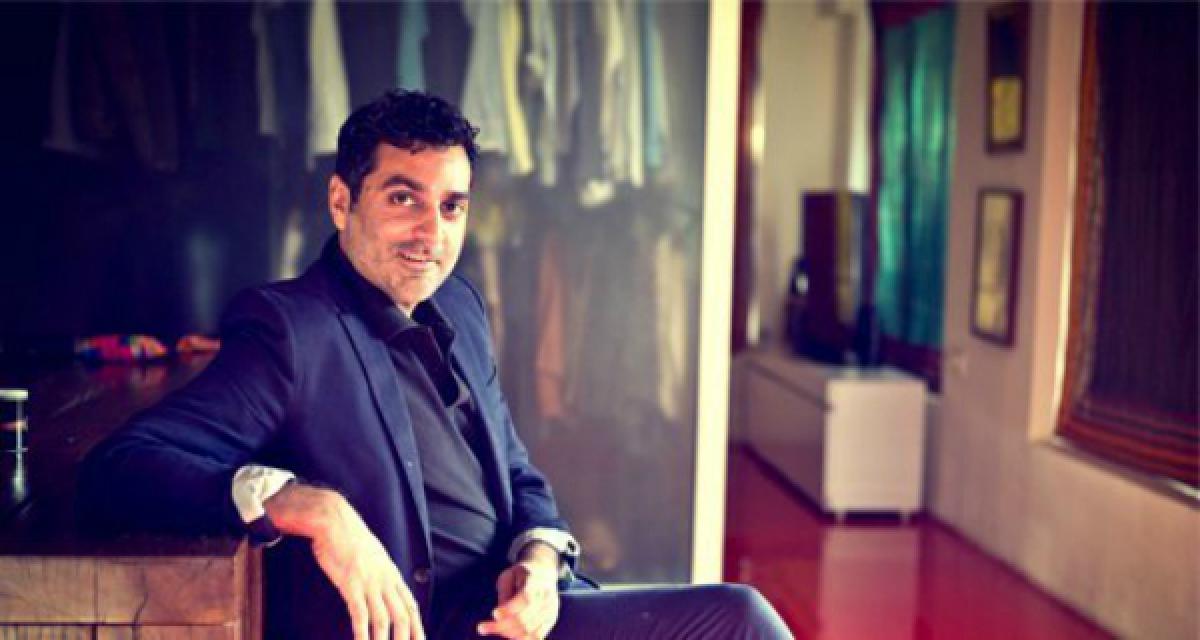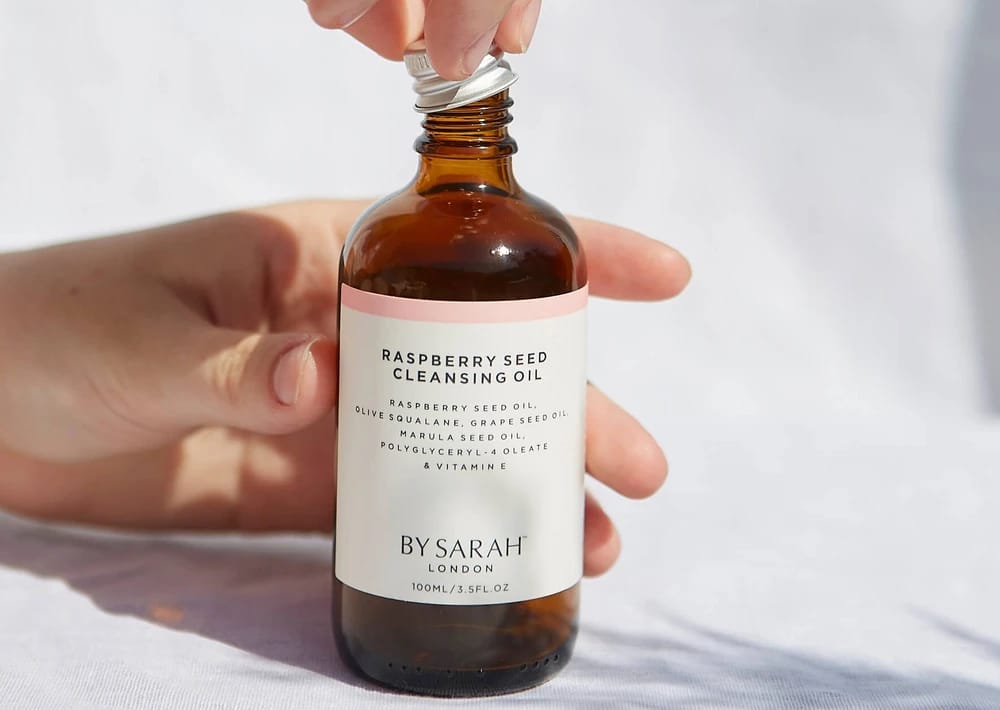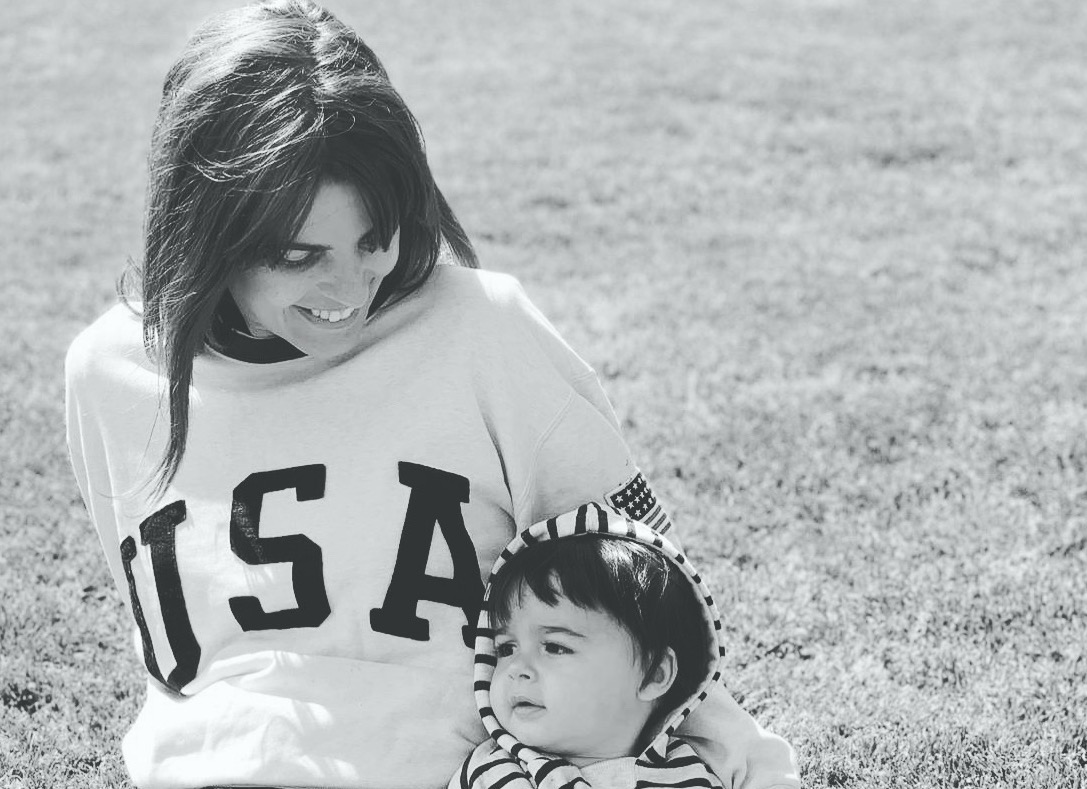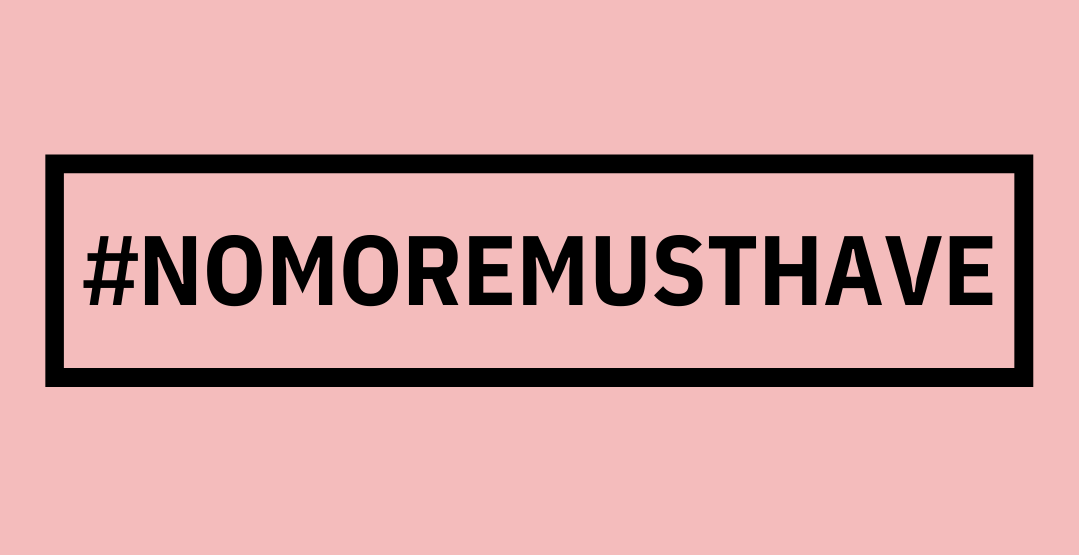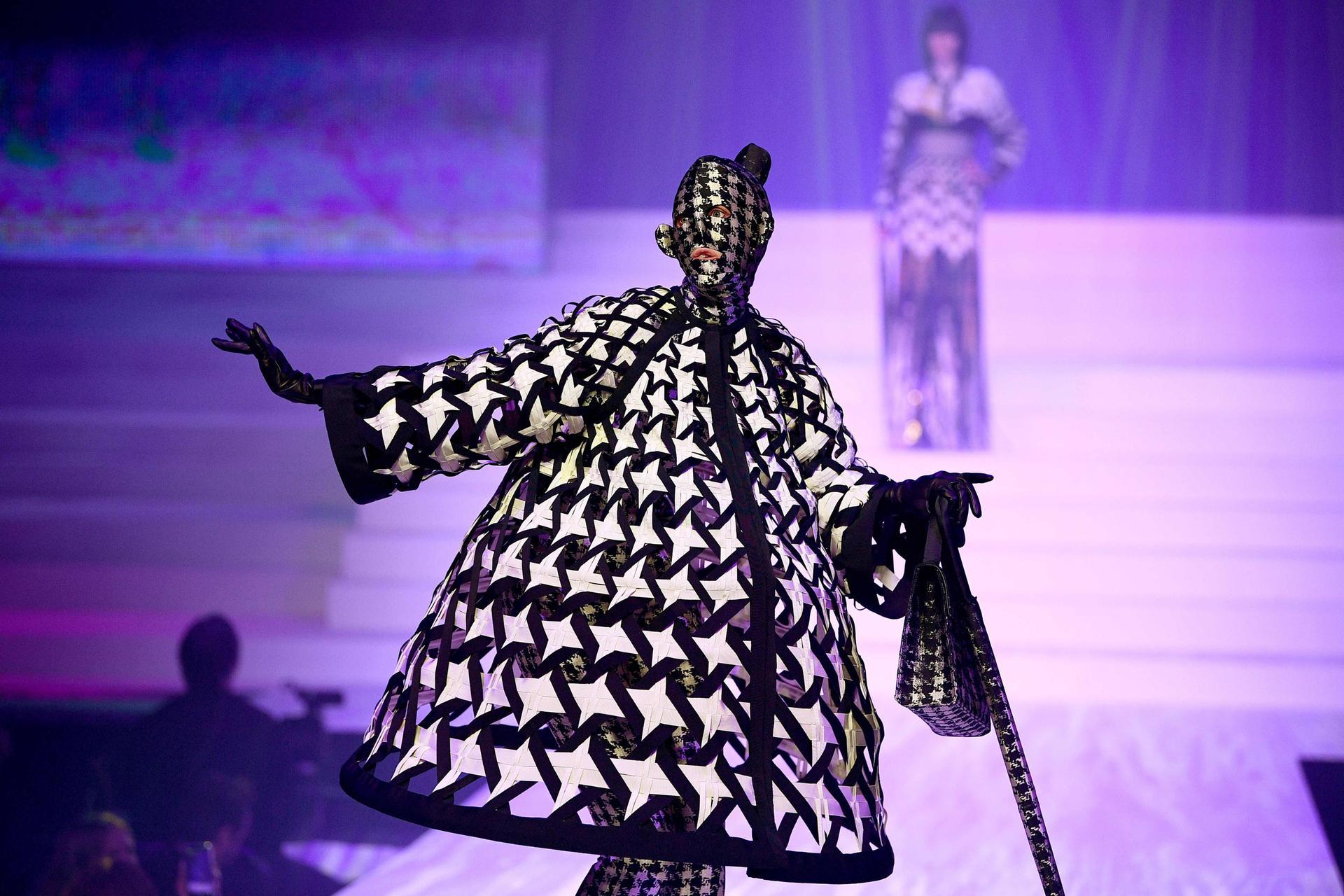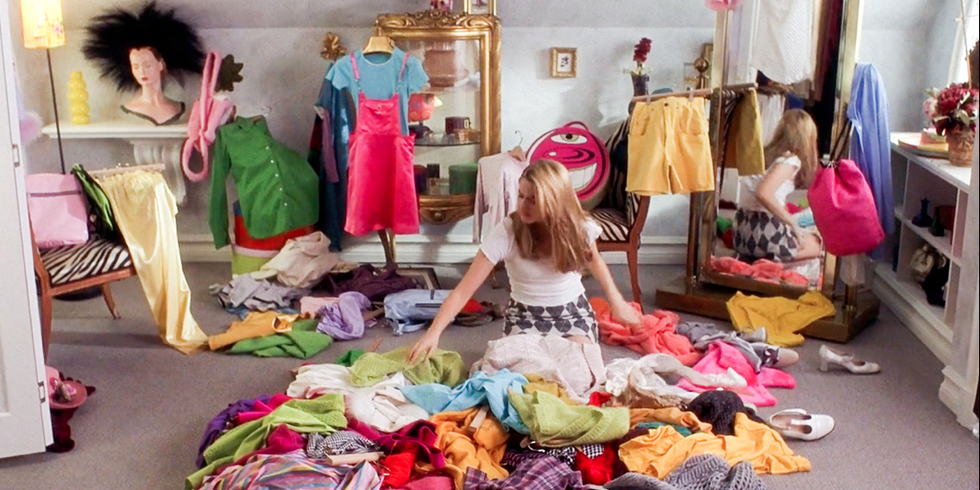
Hi Bianca! You founded Whering with the aim of bringing an end to the “buy-use-dispose” culture. What prompted the initial idea and how did you go about putting your plan into action?
I had just accepted my first job in London at Goldman Sachs and I was eager to get involved in environmental committees to tackle waste, mostly around food and disposal and I thought ok – this is ‘your thing’ and good on you for wanting to make this happen (hello intrapreneur). But then I started work on the Stitchfix IPO and began to delve deep into consumer buying patterns, machine learning to optimize consumption and the environmental cost of fashion.
It took me 2 years to make the jump, but I finally founded Whering in the summer of 2020 out of a profound desire to democratise the personal styling landscape and fundamentally make efficient the way we buy clothes and use them.
For me the system was broken. The vicious cycle of not being able to see what you own, impulse buying (while never getting it quite right) and the lack of inspiration in the styling process meant only one thing: we had to take it digital and harness the power of AI to personalise our fashion experience.
We love the hashtag #WardrobeZen. Can you tell us about the thinking behind it?
Thank you! We came up with this hashtag to encourage a “philosophy” that revolves around mindful and conscious shopping, as opposed to impulse buying. To avoid this, we believe outfit planning is key to avoid decision fatigue. I like to think of Wardrobe Zen as a state of mind which is at the complete opposite end of the spectrum to the ‘I have nothing to wear syndrome’. For me it’s all about reusing and loving what you own for years to come whilst strategically incorporating quality pieces into your wardrobe.
Can you share what you mean by “recovering lifestyle hypocrites” and tell us when you first became interested in, and engaged with, the sustainability movement?
When we talk about “recovering lifestyle hypocrites” we’re also poking fun at ourselves! Maybe you used to think of yourself as a bit of an eco-warrior with all the best sustainable habits but would still crack and purchase the latest trend from a fast fashion brand. Or maybe you just had too many clothes hanging in your closet that you never realistically wore.
As I mentioned earlier, it was when I was working in the City that I kickstarted my whole introspective journey into my own contribution to the issue of consumerism (yes I had been to Zara that day to buy yet another ruffled top during my lunch break and I knew this had to stop). Sometimes it can be difficult to actualise the best of intentions!

Who inspires you in the industry?
Celine Semaan: she is the executive director of Slow Factory (an open education platform on fashion, intersectional feminism and colonialism) – she gives us a more nuanced views on climate action and consumption, in a world where solutions to better the planet are seen as either ‘good’ or ‘bad’, and often misleading us to consume more. I love how effortlessly she addresses the most complex of topics and how she empowers the community through education and really practical resources.
What are some of the biggest issues that we need to tackle and how can Whering help?
I think we can all agree that the biggest challenge facing the fashion industry at the moment is overconsumption. At Whering, we want to help women use the pieces they already own as efficiently as possible and to extend the life cycle of the clothes lying idle in our wardrobes. For me, part of the problem of the ‘nothing-to-wear’ dilemma was that I didn’t have nothing to wear but nothing new to wear. We keep buying because we think that just one more item will unlock our ideal wardrobe – but how can it if we have no accessible inventory of what we own?
We also want to personalise our Wherers’ shopping experience to buy less, but better. We’re looking to drastically reduce the carbon and water footprint of consumers by focusing on the two parts of the value chain that they control: purchasing and utilisation. This is why having a digital inventory is so key – to aid our visual memory. Not only does it allow you to ‘shop your own wardrobe’ to get that newness fix, but having an organised digital wardrobe helps you identify what you really need and what pieces can unlock a myriad of combinations. With Whering, our users can track their wears, their most worn items, recreate different versions of their looks and become true outfit repeaters.
Community is at the core of Whering. How are you planning to keep connecting and growing?
We already have an engaged, tight-knit community of over 23k users on the app, who spend on average 10 minutes a day creating hundreds of new outfits, digitally. Our most popular feature is our Dress Me styling tool (inspired by Cher’s iconic wardrobe scene in Clueless) which has been used 2.5m times to generate new unexpected outfit combinations. We show our community that sustainability above all is a mindset and help them make more circular fashion choices: mix-matching, rewearing and caring for your clothes is the future, and going digital is a step towards democratising personal styling. We empower our Wherers to differentiate between buying trends vs putting outfits together that actually work in the long term (saving us £££ and allowing us to be more intentional). By creating digital outfits first you also only have to try on your top 2-3 picks – imagine what we could all do with that extra time compounded over a year?!
We want to keep growing our community by staying true to our mission and values, and involving our users as much as possible as we continue to develop the app. We’re also looking forward to rolling out our Brand Ambassador programme to bring together sustainably-minded women.


What’s your advice for someone who wants to shop and dress more consciously but doesn’t know where to start?
1. Refocus
Make yourself a wishlist – sleep on it, debate it, fight it and if you still come back to it, it deserves to find a place in your wardrobe. I’ve learnt over the years to negate the cheap and easy buys by looking inwards first (aka your digital wardrobe: hint Whering), evaluating what I really need and will bring be continuous joy (for the longest possible time) as well as identifying and saving up for dream pieces that will serve me in my journey. Shifting your mentality to investing in quality creates a special relationship with a piece and fundamentally makes you fight harder to take care of it, style it differently and possibly resell it (circularity is a thing guys).
2. Normalise: renting, thrifting and swapping (soon on Whering)
Are the greatest ways to step away from overconsuming for the wrong reasons and shift into a more playful yet circular relationship to clothes. For me, this step is all about upending the ‘buy, use, dispose’ model many of us have lived by in the last two decades. Allowing yourself that freedom to experiment with fashion by renting pieces you wouldn’t want to own forever, buying preloved pieces on Depop or Vestiaire Collective usually allows you to buy better quality for cheaper and borrowing pieces. Sharing really is caring, for people and the planet.
3. Unlearn: break your bubble and diversify your feed
Again, slightly biased because my personal mission is to get us to reuse what we own – but – by removing the constant subliminal messaging from the wrong brands, influencers and communities and focusing instead on following accounts that empower with their mission, educate and tell real stories about what they do we consume less and better. Connecting with smaller designers, slow-production brands and ecosystem stakeholders is a powerful way of helping you identify what ‘things’ you really want and need and what else is just white noise we’re all overwhelmed by. Good On You also has all the goss on brand ratings – so look ‘em up before you follow.
4. What needs to happen for fashion to have a brighter future?
More transparency and collaboration between brands to achieve a total overhaul of the current fashion industry model. I’m an optimist at heart so I refuse to believe that all hope is lost in terms of fashion and sustainability, but it’s obvious that we cannot continue at this rate for much longer.
For me, we need to see a fundamental paradigm shift on both sides of the value chain: production/consumption and utilisation. On the former, stringent regulations in place to challenge brand greenwashing (as this really messes with the mind of the consumer – and normalising legitimacy is the only way forward), restrictions on the exorbitant number of collections produced by fast fashion houses and laws that enforce living wage and garment worker protection (as well as environmental pollution and waste disposal guidelines).
Fundamentally, brands need a better understanding of demand. On the data side, Whering creates unique insights into the ‘black box’ of the apparel industry: wardrobe utilisation & composition data. This will enable retailers to better tailor their product range to consumer needs and ultimately reduce waste and unsold stock. Smart sizing technology implemented across the brand ecosystem is also a game-changer here.
From the consumer standpoint, efficiently using the pieces you already own is one of the easiest things to limit your fashion carbon footprint. Here we need to see a burgeoning system of circular advocates and businesses, to ensure we make throwaway culture a thing of the past by ensuring the consumer has easy access to greener choices right throughout a piece’s lifecycle (purchase, care, resell, donation, recycle). The key to real transformation here will be swapping the Amazon-esque ease of fast fashion buying and getting us all to treat the garments we buy like the good friends that they are (not my quote but bloody on point).
What’s next for Whering?
Our next move is to create an impact dashboard for our Wherers, to empower them to understand the impact of purchasing decisions and the beauty of offsetting certain behaviours with more conscious ones. We’re also onboarding a network of green dry-cleaners, donation points and repurposing services across the UK to make repurposing, mending and donating a little more intuitive.
Finally, we’re talking about taking the app social so our Wherers can add their friends and see what’s in each other’s closets! We’d love to introduce a “request to swap” function as well to encourage even more usage of clothes and community in the fashion space.
Find out more about Whering here.






